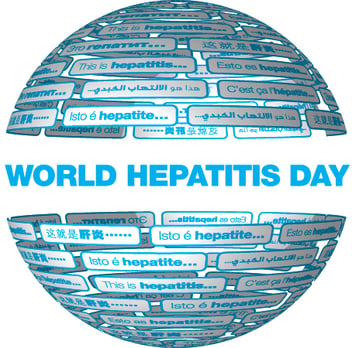There are nearly 4 million Americans with chronic hepatitis C infections, yet only 9% of them have been successfully treated, according to some estimates. The gap between these numbers becomes more shocking when paired with the fact that current hepatitis C treatments have been shown to cure 94-98% of all hepatitis C virus (HCV) genotypes. In addition, even when second-line therapies are needed for patients who failed primary therapy, those therapies are effective in 96% of patients. In other words, almost all of HCV-infected Americans can be cured!
Treating HCV patients remains a high priority because when this disease continues unchecked, it often leads to liver cancer and liver failure. Curing patients of HCV reduces all-cause mortality from 26% down to 8.9%, not to mention the improvements patients experience in terms of quality of life, ability to work, and mental health.
There are two core demographic groups comprising most of today’s HCV infections: Baby Boomers and 20-29 year olds. The former tend to have been infected many years ago in their past while the latter are often associated with more recent opioid use.
A push for greater testing in both of these two groups is warranted. Evidence suggests that only half of those with HCV are aware of their infection status. Health care providers are at the front line for getting HCV-infected patients tested and treated, which is especially important for harder-to-reach people, such as IV drug users, patients in federally qualified health centers, and other urban and rural populations.
When it comes to hepatitis C, now is clearly the time for both testing and treatment. Rely on BioPlus for the latest information in current treatments and ways to connect patients to funding sources to access treatment.
Source
Kerr CA, Aron JS. Treating chronic hepatitis C infection: A call to action for primary care providers. Medscape Jan 17, 2018.
Related Posts
Saying Goodbye to Hepatitis C by 2030
Once again, we’re approaching the annual World Hepatitis Day that occurs each year on July 28th....
Hepatitis C Cost Cutting
Cure a life-threatening disease at a fraction of the cost – sounds like a great offer, right? The...
Hepatitis C: A Look Back in a Big Year
As we get our bearings at the start of 2019, it’s worth a moment to look back on 2018 and note the...





